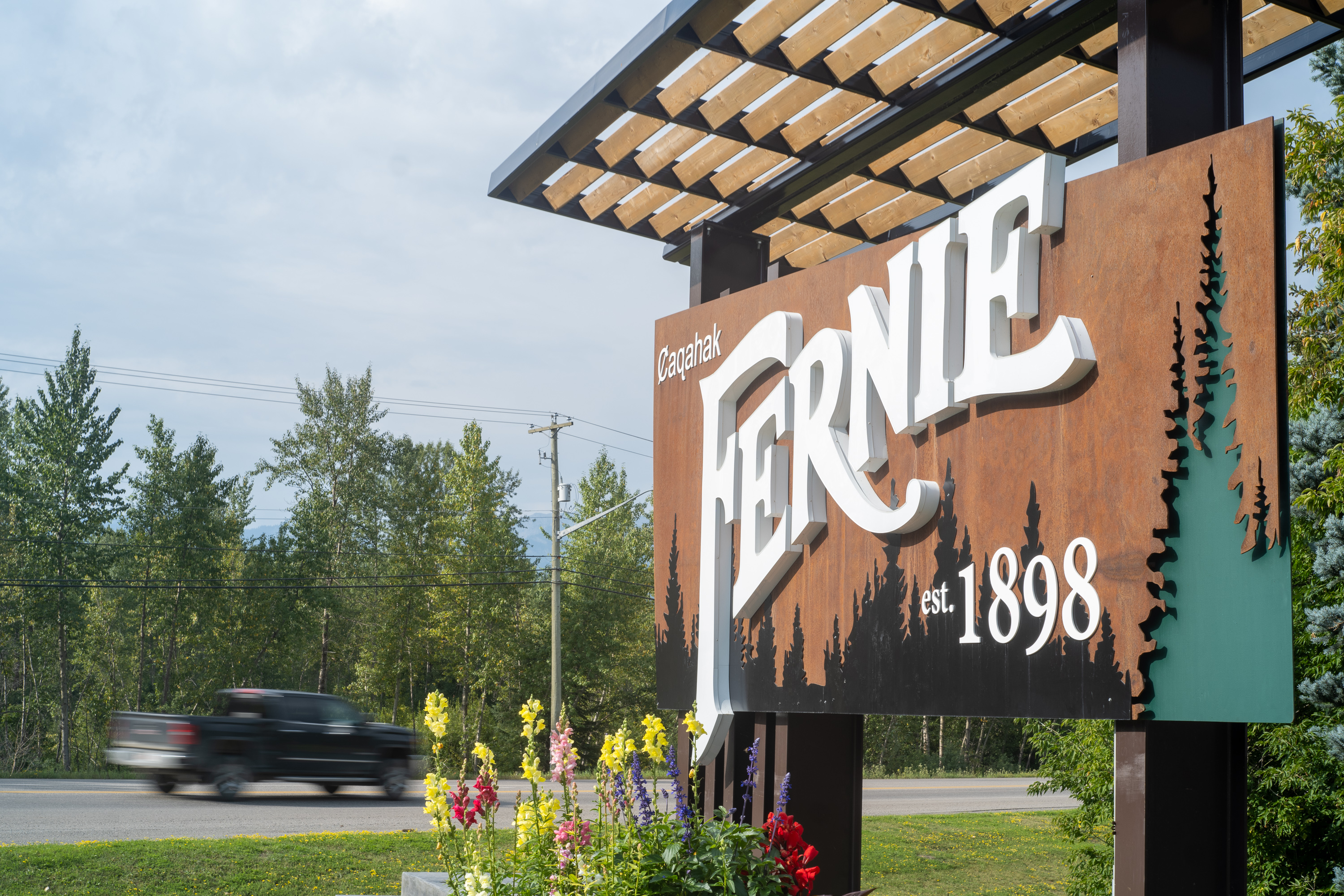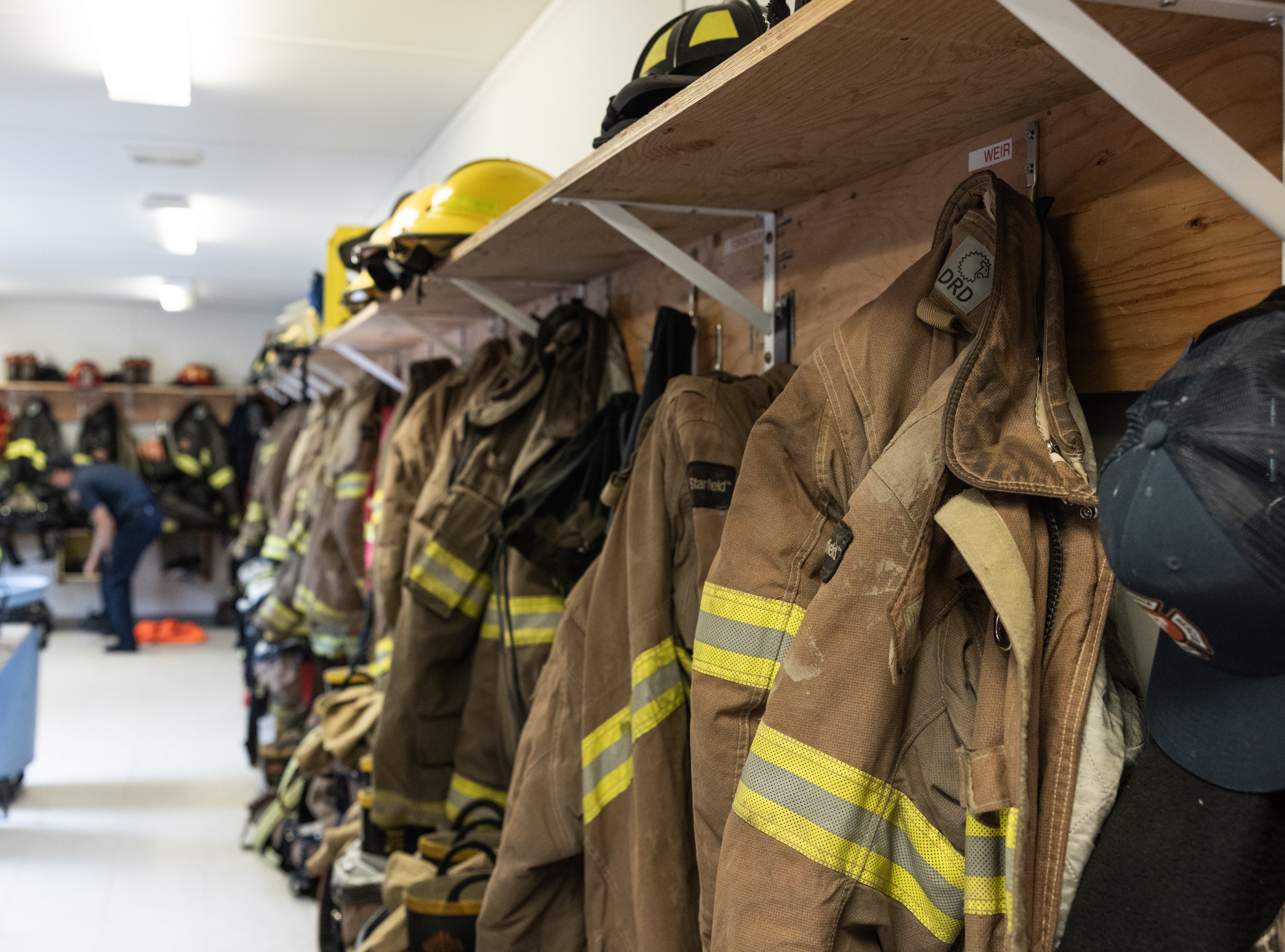History & Heritage
Fernie is named after William Fernie who, alongside Colonel James Baker, was the driving force behind the coal mines located here. Starting in 1887, for ten long years, they struggled to raise the money necessary to build not only the mines but also the railway needed to transport the coal to the outside world. Finally in 1897 they achieved their goals, though effectively losing control of the company to eastern interests. With the arrival of the Canadian Pacific Railroad into Fernie in 1898, the production of coal in the Elk Valley began in earnest and the new town of Fernie took shape opposite the CPR tracks, to the north of the original settlement. People built more substantial houses, while the business community hired contractors to build estates, retail stores and office buildings. The construction of Fernie generated the development of sawmills, hardware stores, blacksmith shops and other suppliers.
This first Fernie, however, did not last as in April 1904 a fire destroyed Fernie’s commercial district. Later that year, Fernie was incorporated as a municipality. Four years later, on August 1,1908, a second firestorm visited the city and in less than ninety minutes the town was once again reduced to smouldering ashes. The resulting reconstruction dramatically transformed the city’s landscape. By 1910, Fernie’s businesses and their buildings were firmly established. They had expanded their stores and offices to serve a more diverse community of 6,000 people. The Great Depression brought Fernie to its knees, reducing both population and prosperity. Only government subsidies kept the stagnant coal industry alive, until the 1960’s when Japanese markets revitalized mining, and coal became once more, as it remains today, a pillar in Fernie’s economy. Tourism has also played its part its Fernie past. Fueled by enthusiastic residents, Snow Valley Ski Development - a locally owned company - opened the ski hill at its present site in January 1963 and Fernie’s bid for the 1968 Winter Olympics helped lay the foundation for today’s Fernie Alpine Resort.
Over one hundred years after the settlement began, the factors influencing Fernie's early growth are still at work. Local businesses still depend greatly on mine workers’ incomes and their families’ demands for their continued existence, alongside which the ongoing development of tourism influences both the location and character of businesses in the town. Building contractors, suppliers and tradespeople have once again come to Fernie – this time to build tourist accommodations. As Fernie moves into the future, local and tourist trade alike remain the key to its success.
Fernie Heritage Strategy
The Fernie Heritage Strategy considers a deeper understanding of Fernie's heritage, from the distant past up to the present day. This includes the city’s early roots alongside its ongoing significance as part of the lands and stories of the Ktunaxa First Nation. The strategy will identify and incorporate the broad historical context, community heritage values and historic places that have ongoing importance to Fernie-ites.
Ultimately, the Fernie Heritage Strategy will recommend key actions to guide the City and its partners to manage change in such a way that the community's heritage values are retained, enhanced, celebrated and embedded into overall community planning.
Participate in the survey to share what is important to you, what makes Fernie what it is, the places, events and stories that should be preserved for future generations.



